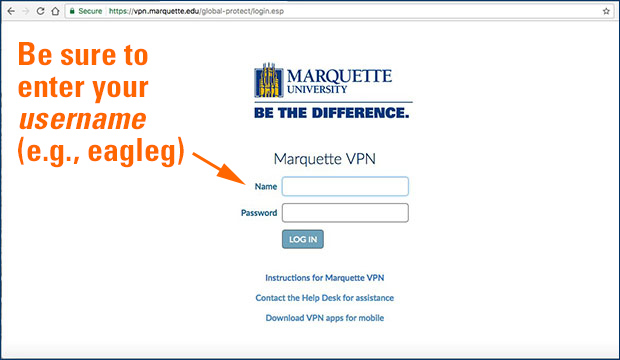

This cookie contains a unique ID that is used to save user-specific settings and other information, in particular your preferred language, how many search results should be displayed per page and whether the Google SafeSearch filter should be activated. Twitter collects data that is mainly used for tracking and targeting. This cookie is set by when Twitter is embedded on the page. This cookie is set by Twitter to measure the performance of Twitter advertising campaigns in a user's browsers and devices This cookie is set by Twitter when a visitor shares content from the WU website on Twitter. This cookie is set when Twitter is embedded on the page. This cookie is used to determine the rejection status for tracking by third-party providers. This cookie is used to identify a LinkedIn member for advertising via Google Ads. This cookie identifies the user’s browser. This cookie is used to determine probabilistic matches of the identity of a user. This cookie is an indirect member identification that is used for conversion tracking, retargeting and analysis.

This cookie is used to identify LinkedIn members for analysis purposes. This cookie is used to identify LinkedIn members outside of LinkedIn. This cookie is used to identify LinkedIn members outside of LinkedIn for advertising and analysis purposes. This cookie saves the time at which the user was synchronized with the "lms_analytics" cookie. This cookie is used to synchronize the LinkedIn Ads IDs. Identifies the browser for security and website integrity purposes, including account recovery and identification of potentially compromised accounts.Ī cookie for Facebook advertising that is used to track and improve relevance and to serve ads on Facebook. Performance cookie that is used by Facebook in combination with Facebook pixels. Used to save browser details and Facebook account security information.Ĭookie for advertising purposes and reporting on social campaigns.Ĭontains the "Chat" status of a logged in user. aspect ratio and dimensions of the screen) so that Facebook apps can be displayed correctly. Performance cookie used by Facebook with Facebook pixels. Used to serve advertisements and measure and improve their relevance. It works in combination with the c_user cookie to authenticate the user's identity on Facebook. It contains information about which ad was clicked. This cookie is set when a user clicks on a Google ad on the website. Does not contain any identification features. Is set as a test to check whether the browser allows cookies to be set. Using this ID, Google can recognize the user across different websites across domains and display personalized advertising. If Google Analytics and Google Ads accounts are linked, the conversion tags on the Google Ads website read this cookie.Ĭontains a randomly generated user ID. As long as it is set, certain data transfers are prevented.Ĭontains campaign-related information for the user. Using this ID, Google Analytics can recognize returning users on this website and merge the data from previous visits.Ĭertain data is only sent to Google Analytics a maximum of once per minute. Used by DoubleClick (Google Tag Manager) to help identify the visitors by either age, gender or interests.Ĭontains a randomly generated user ID. Other possible values indicate opt-out, inflight request or an error retrieving a Client ID from AMP Client ID service. Used by Matomo Analytics to store the attribution information, the referrer initially used to visit the website.Ĭreated by Matomo Analytics, short-lived cookies used to temporarily store data for the current visit.Ĭontains a token that can be used to retrieve a Client ID from AMP Client ID service. Used by Matomo Analytics to store a few details about the user, such as the unique visitor ID.
#Globalprotect client download registration#
Required for identifying WU employees during the course registration process. Required to track the language and language courses selected by the user. Required for identifying the logged-in user in the Business Language Center’s course registration system.

Required to protect forms against attacks. Required for assigning visitors to forms. Stores the last method used for logging in to the TYPO3 back end. Required for login and editing content in the TYPO3 back end. Required for login and access to protected content or for editing the user’s personal profile. Required to assign the appropriate answer to a request. To be able to display some WU-specific content, it is necessary that some information must be accessed by back-end WU systems.


 0 kommentar(er)
0 kommentar(er)
